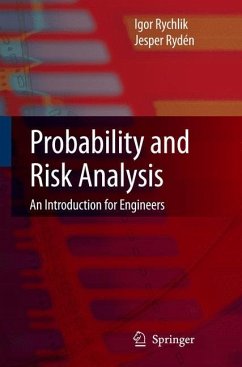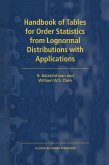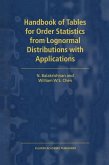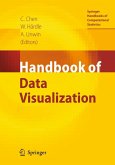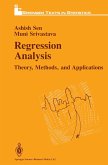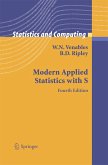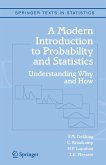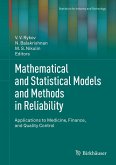The purpose of this book is to present concepts in a statistical treatment of risks. Such knowledge facilitates the understanding of the in?uence of random phenomena and gives a deeper knowledge of the possibilities o?ered by and algorithms found in certain software packages. Since Bayesian methods are frequently used in this ?eld, a reasonable proportion of the presentation is devoted to such techniques. The text is written with student in mind - a student who has studied - ementary undergraduate courses in engineering mathematics, may be incl- ing a minor course in statistics. Even though we use a style of presentation traditionally found in the math literature (including descriptions like de- itions, examples, etc.), emphasis is put on the understanding of the theory and methods presented; hence reasoning of an informal character is frequent. With respect to the contents (and its presentation), the idea has not been to write another textbook on elementary probability and statistics - there are plenty of such books - but to focus on applications within the ?eld of risk and safety analysis. Each chapter ends with a section on exercises; short solutions are given in appendix. Especially in the ?rst chapters, some exercises merely check basic concepts introduced, with no clearly attached application indicated. However, among the collection of exercises as a whole, the ambition has been to present problems of an applied character and to a great extent real data sets have been used when constructing the problems.
Hinweis: Dieser Artikel kann nur an eine deutsche Lieferadresse ausgeliefert werden.
Hinweis: Dieser Artikel kann nur an eine deutsche Lieferadresse ausgeliefert werden.
From the reviews: "This is a textbook for students with basic (undergraduate courses) mathematical knowledge. In the first part, elementary statistical methods are explained including basic ideas of Bayesian inference and point processes. The second part is devoted to probabilistic assessment of risk in engineering problems. ... Each chapter ends with a section on exercises, short solutions are given in appendix." (Daniela JaruSková, Zentralblatt MATH, Vol. 1145, 2008)

